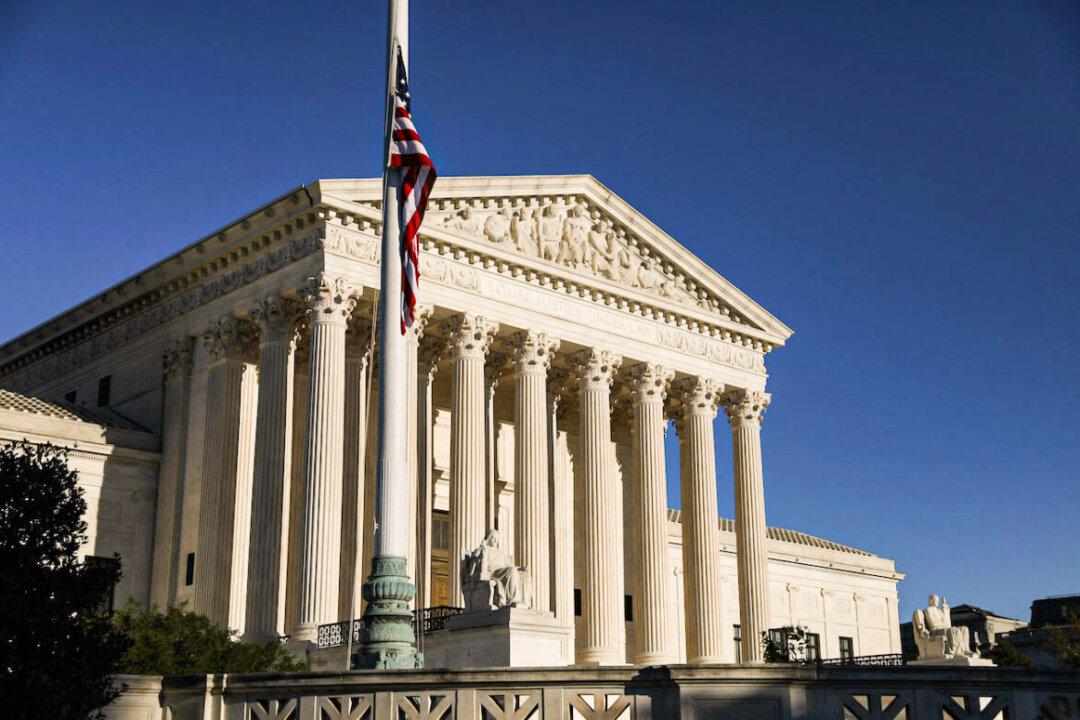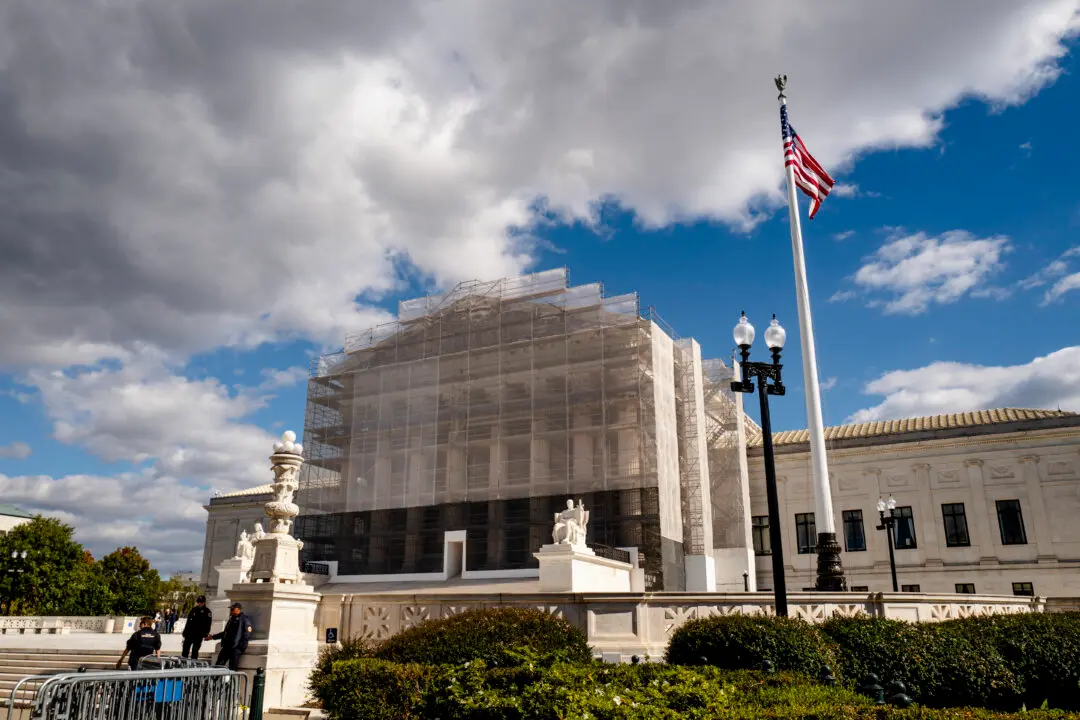Critics of federal administrative agencies won a small victory in the Supreme Court on June 15 with the justices’ unanimous decision in American Hospital Association v. Becerra (pdf).
Justice Brett Kavanaugh’s opinion for the court offers, perhaps inadvertently, some revealing views of the D.C. Swamp: ridiculous legal complexities, absurdities in a major federal social program, and raw special interest politics.





